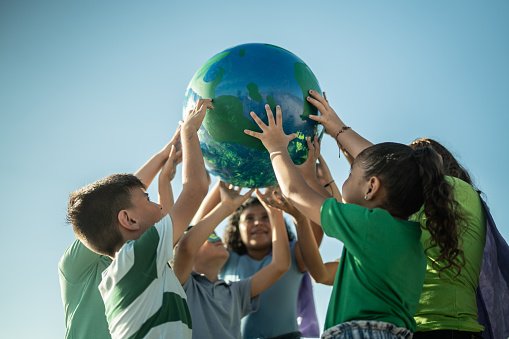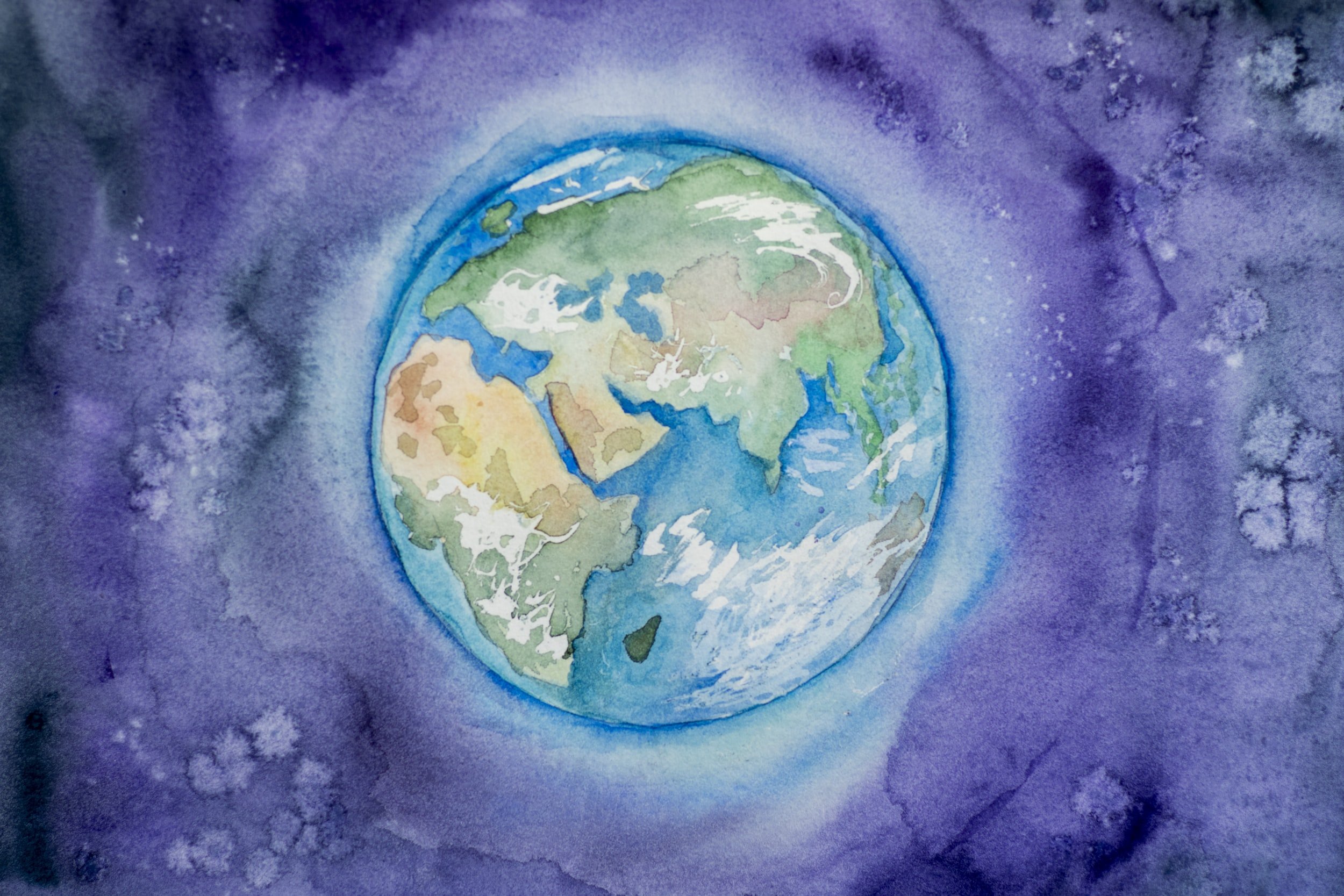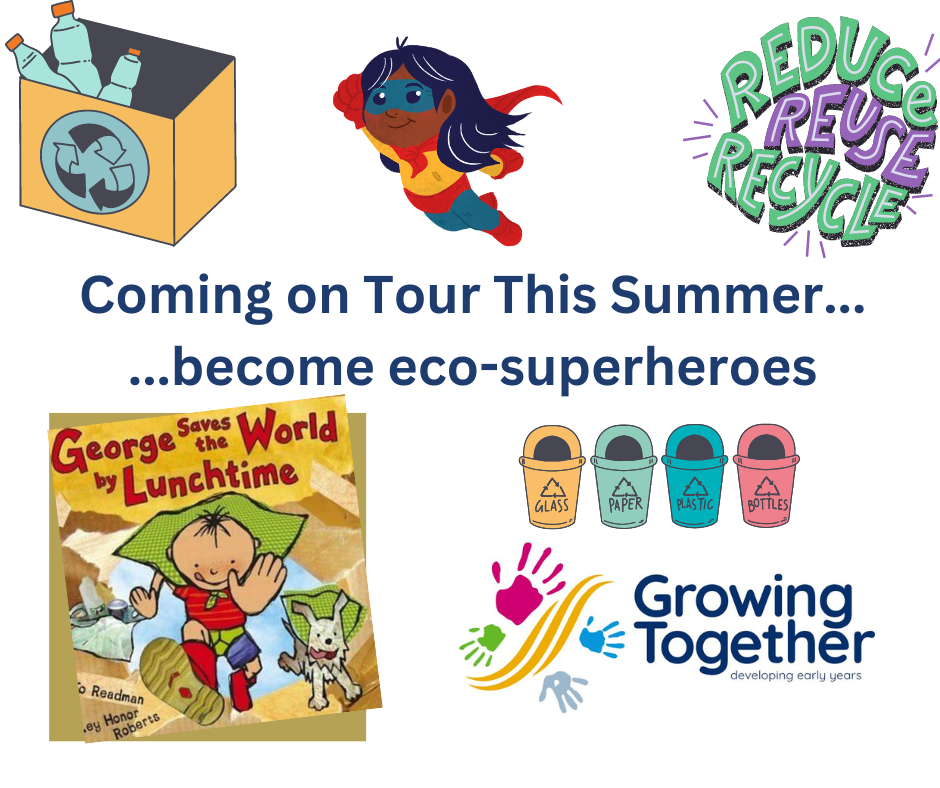Ideas of ways your nursery can support Earth Day
Earth day is a day that gets celebrated around the world every year, and it is a great time for reflection and education about climate changes, environmental issues and looking after the planet that we live on…
What is Earth Day?
Earth Day is a day that gets celebrated around the world every year, and it is a great time for reflection and education about climate changes, environmental issues and looking after the planet that we live on. Earth Day is an opportunity to explore topic such as, what does it mean to invest in our planet and why should we be sharing this with children in early years settings? Also, how can we share this important message with children in early years settings?
What does it mean to invest in our planet for earth day?
[ED2023 Promo Video - downloaded from www.earthday.org]
Earth day is one of the largest environmental movements and you can find out more about all off their amazing work here. Investing in our planet is about promoting sustainability, love for the world that we live in, going green being a necessity and thinking about the ways that we can develop climate literacy to address the problems our planet faces.
Why should we be sharing and promoting earth day in early years settings?
I passionately believe that we as early years educators should be investing in the education of our children that goes beyond the basis of the Early Years Foundation Stage or our National Curriculum. We should be talking about the big issues, the change that needs to happen in the world, because children are the future. I know it sounds corny, but it is true, this will be there planet far longer then it is ours and we have a duty to teach our children about sustainability, about taking care for the planet and climate changes that are happening.
Sometimes we can shy away from talking about the big issues with children, saying they are only children. But if we begin to teach them messages from a young age, such as we are recycling our plastic to look after the world. It will put in place habits that will support children throughout their lives and teach them valuable lessons. We just need to be teaching messages in an age-appropriate way, for example, we do a litter pick and we talk about how rubbish hurts the animals and the environment.
How can we share the important message of earth day?
There are many ways that we can share the message of earth day in early years settings, and here are 10 ideas:
1. Set up a recycling centre role-play areas – this gives the children the opportunity to practise their recycling skills and act out their experiences with others.
2. Share books about sustainability and looking after the earth such as George Saves the World by Lunchtime, Michael Recycle, Marli’s Tangled Web, The Journey of a Plastic Bottle and so on.
3. Organise a community litter pick.
4. Plant your own vegetables in the garden.
5. Walk to school, preschool or nursery for the week to reduce carbon emissions.
6. Plant a tree at your early years setting.
7. Create earth day posters about how we can look after the world.
8. Plant some bee friendly plants in the garden.
9. Set up a compost bin in the garden rather than sending waste to the landfill.
10. Shop locally for nursery supplies.
Please note that this blog post was initially written to support Earth Day 2023, but has recently been updated to ensure that it remains up to date and useful.
George Saves the World by Lunch Time
We will be touring the East of England with our 45 minute - an hour session based on the story, ‘George Saves the World by Lunchtime’. A session filled with puppets, stories, role-play, parachute games, crafts and becoming our very own eco superheroes.
Prices start from £75
Taking Earth Day Beyond One Day
The world recently stopped and celebrated Earth Day on the 22nd April 2021. Perhaps, more then ever we have realised the delicate ecosystem of our world around us as we have more time then ever to appreciate the wonders of our natural world. This year I saw many posts and early years settings joining in the celebrations of earth day. From inspiring tuff trays, to sharing books, to recycling centres role-pay areas or a special litter pick in aid of Earth day.
I also saw the counterargument to this! Yes, we live in a world where people always must give a negative from where people said, children should not be burdened with the responsibility of these things. Or too they are too young to understand. However, I feel as a sector we need to talk to children about looking after our planet in an age-appropriate way. And these children are our future leaders, and I don’t think they are ever too young to start learning simple ways to look after their world.
It made me smile to see so many settings, celebrating earth day with their children. With so many potential ways that we can support an understanding for looking after our world. So here is the question, how can we take it beyond that one day a year?
At one setting I worked with we set up a little group that was run alongside a parent and we had a group of children that represented the setting and were our eco warriors. We took the opportunity to share ideas of how we can look after our planet and make plans together of what we wanted to do in the coming weeks. For example, the children always choose to go into town for a litter picking activity (we loved going litter picking!!!). Check out some more ideas below:
The 3 R’s: Reduce, Reuse and Recycle
1. Placing coloured bins in your preschool/nursery rooms – at one setting I worked at we used to have a coloured bin system. Green bins meant recycling and children could pop things such as cardboard, yogurt pots (cleaned) and paper inside. And a red bin that was for food waste that was compostable and a blue bin for waste that needed to go in the general rubbish bin. Obviously, depending on your county and how they collect recycled materials might impact on the bins you have, but this was an easy quick win. With lots of discussion opportunities of where to put their rubbish.
2. Reuse yogurt pots and recycled materials to make instruments – Use recyclable materials to extend children’s learning. For example, using yogurt pots to make shakers for music time and cardboard boxes with elastic bands for mini guitars.
3. Tuff tray sorting recycled materials – Set up a tuff tray that will help children to define the properties of materials and sort objects for play recycling bins. Great for when they are learning what can and cannot go in a recycling bin.
4. Michael Recycle – I love this book. It is a fantastic book for introducing recycling to children in nursery, preschool, and reception.
5. The journey of a plastic bottle – A more in-depth non-fiction book that talks about the processes a plastic bottle goes through to be made.
6. Consider cutting down the amount of single used plastic you use – Perhaps a member of staff can become your settings ecowarrior and they can look at things such as how much one-use plastic you use as a setting and alternative product.
Becoming Litter Warriors
1. Duffy’s Lucky Escape – A story book for young children that explores the dangers of plastic in the ocean to animals. Beautifully written and will make your children want to go and clear up their local area to look after the animals.
2. Litter picking – Pop it in your diary to go for a litter picking trip in your local area. Or join in large community planned litter picks as a setting. Or be brave and be the organisation that organises the community litter pick!
3. Plastic in the ocean awareness - Making posters or pictures with plastic that would be recycled to raise awareness of plastic in the ocean.
Reducing Energy
1. George saves the world by lunch time – A lovely book that explores lots of simple easy little things you can do at home or in setting to save the world by lunchtime. One of my favourites.
2. Switching off electrical items – Make sure that plugs and lights are turned of when they are not needed on.
3. Pegging washing on the line with children – Pegging washing on the line will not only save lots of electricity from being wasted. By joining the children in they will be developing their fine motor skills pegging and in my experience doing everyday things with children like pegging washing on the washing line always leads to the very best conversations!



